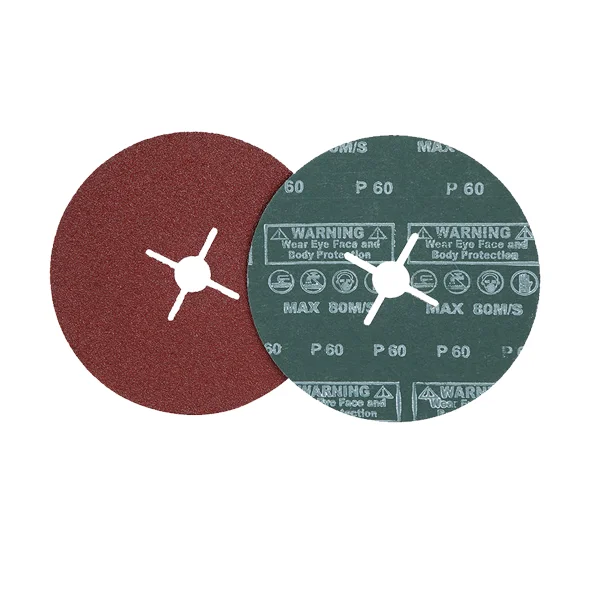In today's rapidly advancing world, LED lights have emerged as a popular lighting solution due to their energy efficiency, durability, and versatility. However, with a plethora of options available in the market, choosing the best LED lights can be a daunting task. This comprehensive guide aims to provide you with valuable insights and practical tips to make an informed decision when selecting LED lights for your specific needs.
- Understanding LED Technology:
To choose the best LED lights, it is crucial to have a basic understanding of LED technology. LEDs (Light Emitting Diodes) are semiconductor devices that convert electrical energy into light. They offer numerous advantages over traditional lighting options, such as incandescent and fluorescent bulbs. LEDs are available in various colors, wattages, and designs, making them suitable for a wide range of applications. - Assessing Energy Efficiency:
One of the key advantages of LED lights is their energy efficiency. When selecting LED lights, consider their energy efficiency ratings, such as lumens per watt (lm/W) and the ENERGY STAR certification. Higher lm/W ratios indicate greater energy efficiency, ensuring you get the most light output for the least amount of energy consumed. ENERGY STAR certified LED lights meet strict efficiency and quality standards, guaranteeing long-term savings on electricity bills. - Determining the Right Color Temperature:
LED lights offer a range of color temperatures, measured in Kelvin (K). The color temperature affects the ambiance and functionality of the space. For residential settings, warmer color temperatures (2700K-3000K) create a cozy and inviting atmosphere, ideal for living rooms and bedrooms. Cooler color temperatures (4000K-5000K) are suitable for task-oriented areas like kitchens and offices, providing a brighter and more focused light. - Evaluating Light Output and Distribution:
The light output of LED lights is measured in lumens (lm). Consider the desired brightness level for your space and choose LED lights with appropriate lumen ratings. Additionally, pay attention to the light distribution pattern. Some LED lights offer a narrow beam angle, providing focused illumination, while others have a wider beam angle, dispersing light more evenly. Assess the specific requirements of your space to determine the optimal light output and distribution. - Assessing Color Rendering Index (CRI):
CRI measures how accurately LED lights render colors compared to natural light. It is especially important in settings where color accuracy is crucial, such as retail stores, art galleries, and photography studios. Look for LED lights with a CRI of 80 or above for accurate color representation. Higher CRI values ensure vibrant and true-to-life colors, enhancing the overall visual experience. - Considering Dimming and Smart Control Options:
LED lights offer versatile dimming capabilities, allowing you to adjust the brightness according to your needs. When selecting LED lights, check if they are compatible with dimmer switches or smart control systems. Dimmable LED lights provide flexibility and enable energy savings by reducing light output when full brightness is not required. Smart control options, such as smartphone apps or voice control, offer convenience and customization possibilities.
Conclusion:
Choosing the best LED lights requires careful consideration of various factors, including energy efficiency, color temperature, light output, color rendering index, and control options. By understanding these key aspects and assessing your specific requirements, you can make an informed decision that not only enhances the aesthetics of your space but also provides long-term energy savings. Embrace the illuminating power of LED lights and transform your environment with efficiency and style.






+ There are no comments
Add yours